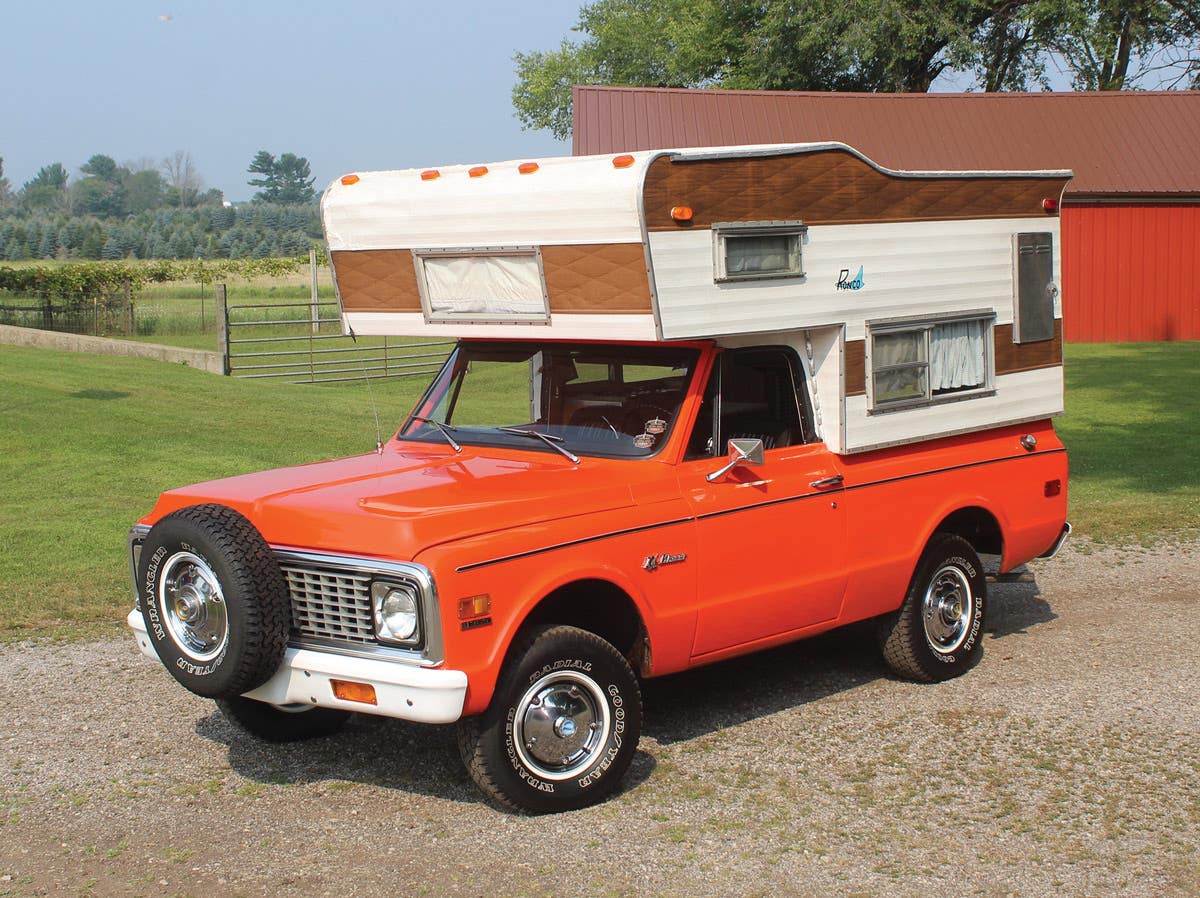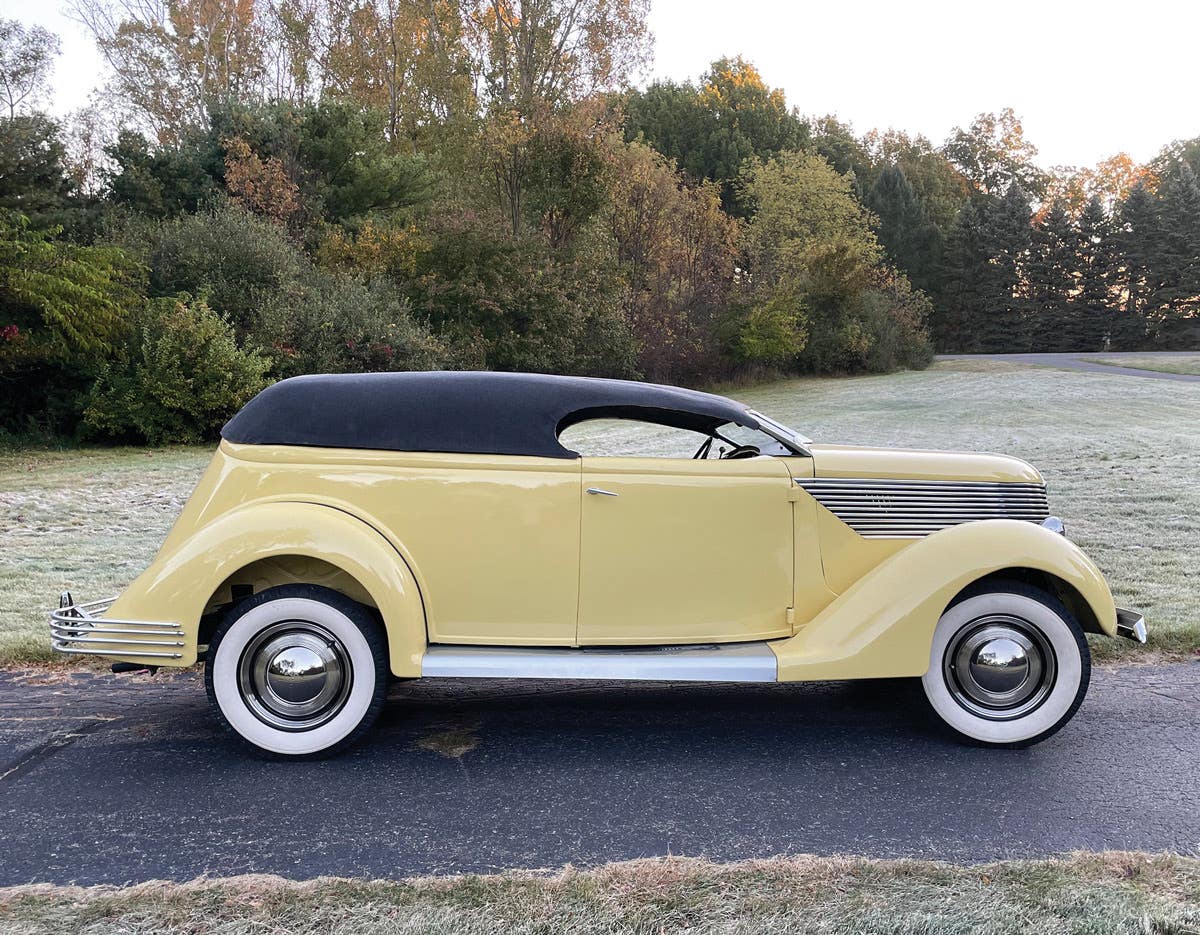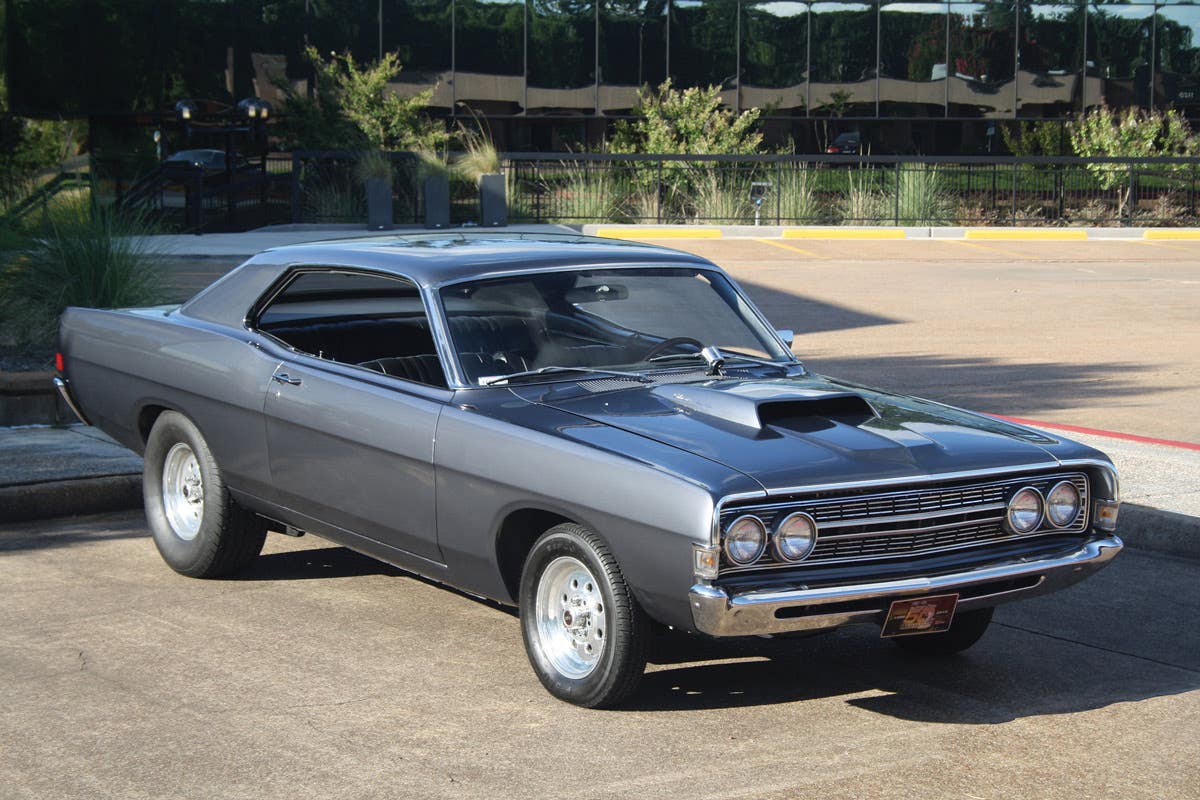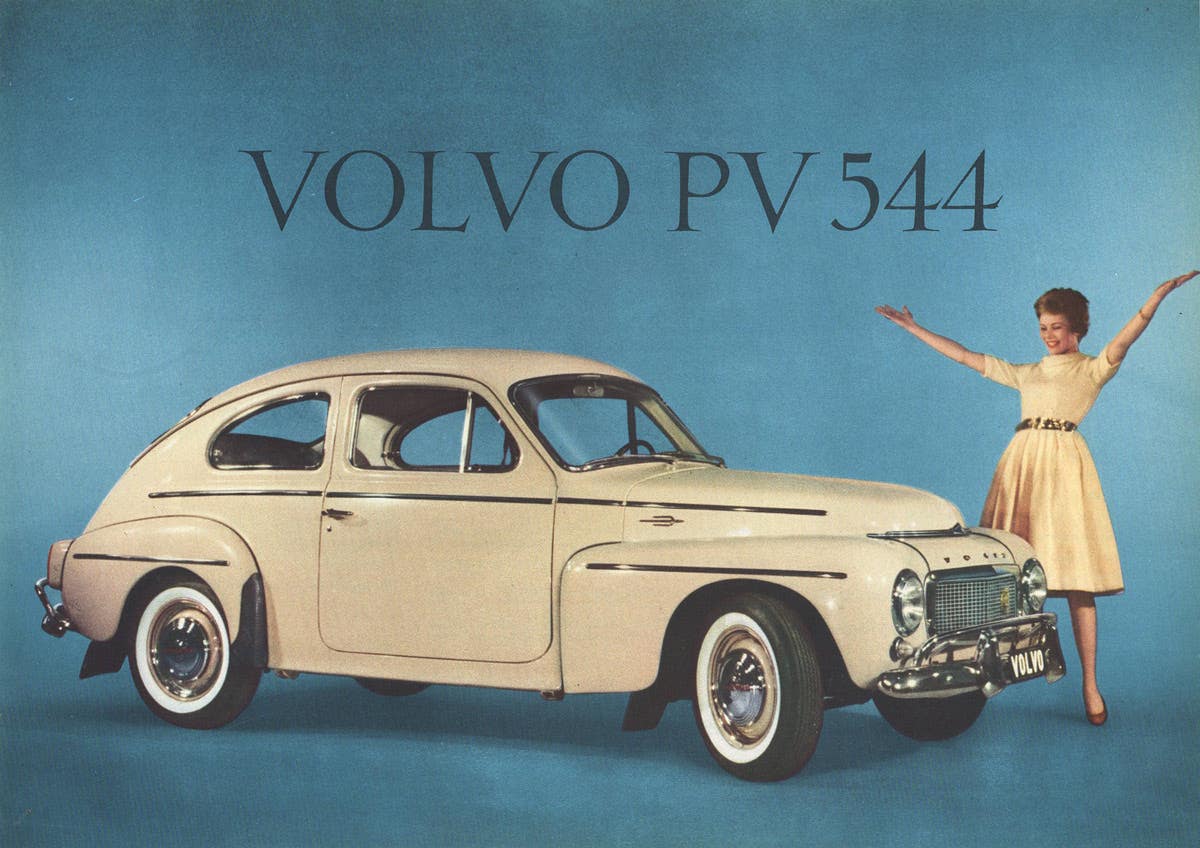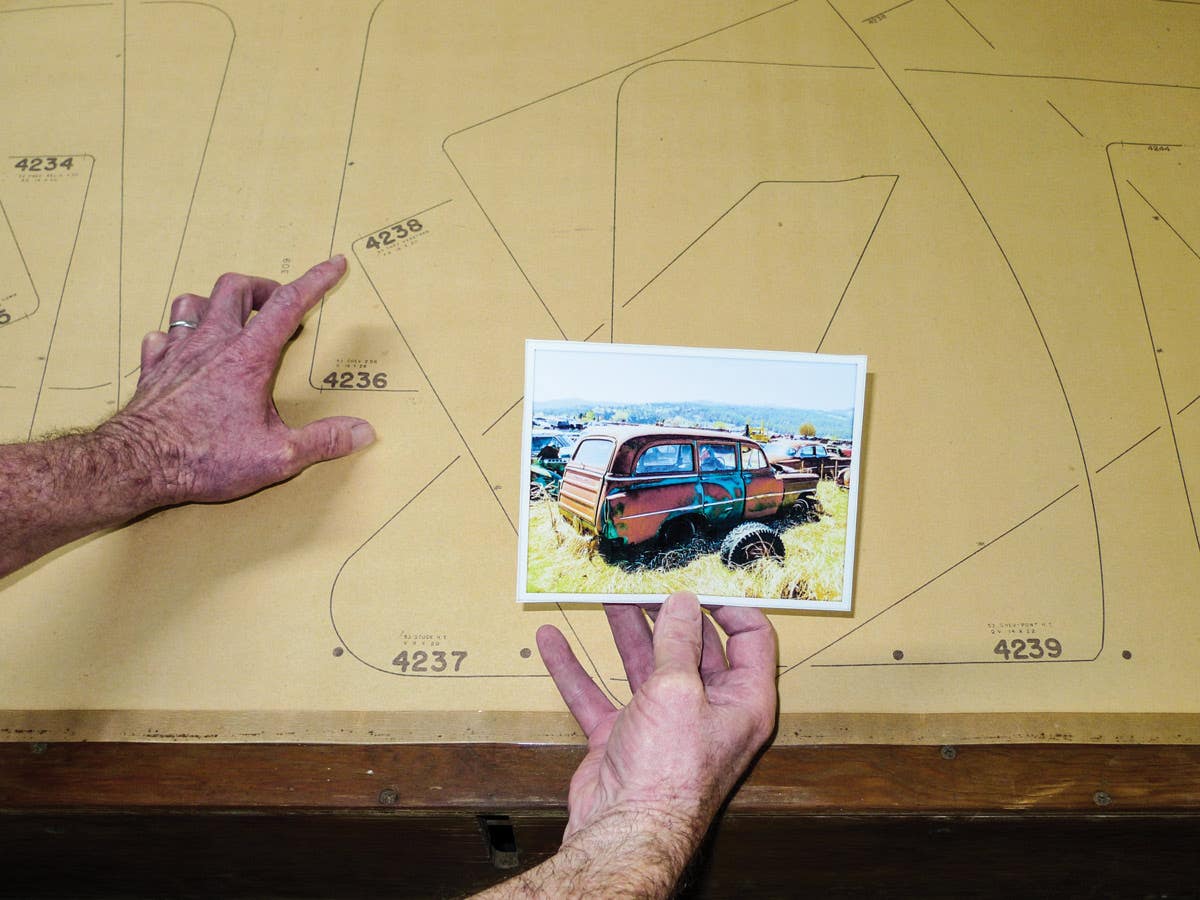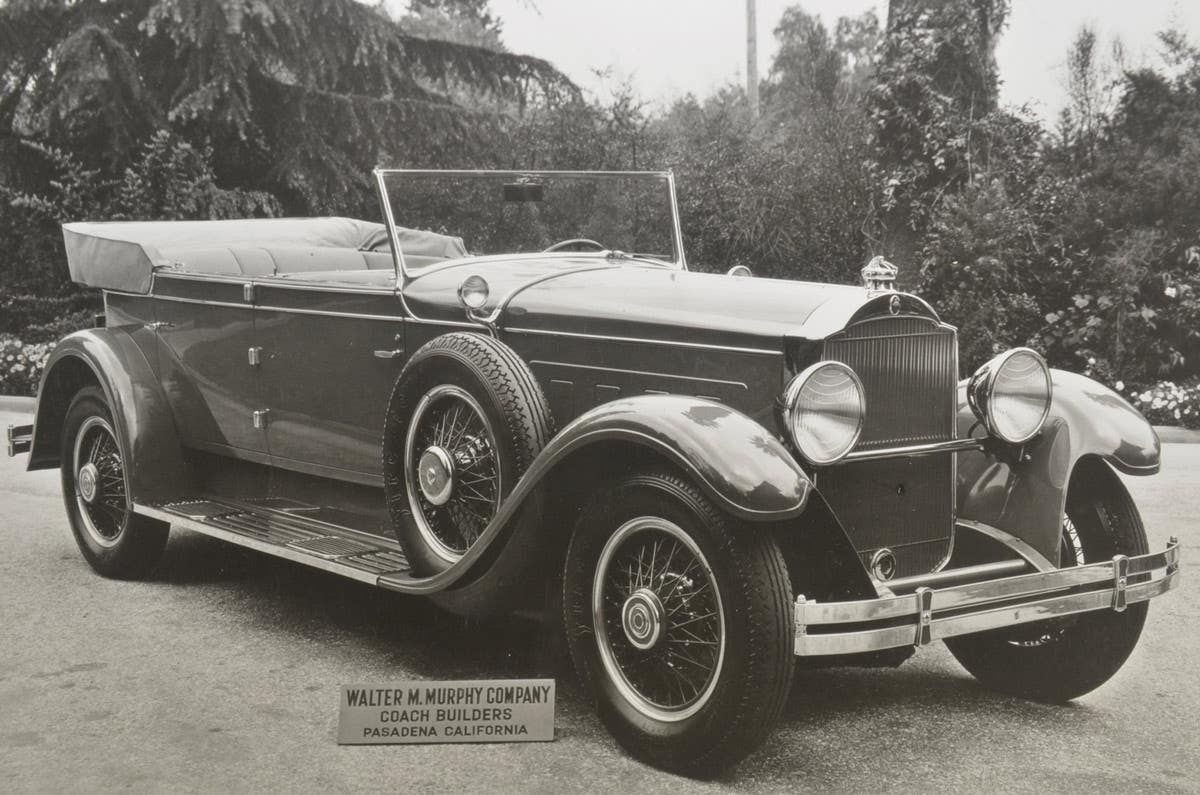Car of the Week: 1965 Chevrolet Chevelle 300
Not only was his 1965 L79 Chevelle 300 special to Gordon Rohde, it was — and is — a special car to the small-block bow-tie faithful.
By Angelo Van Bogart
In 1970, Gordon Rohde of Wausau, Wis., already had the chance to buy back his first new car, a L79 1965 Chevrolet 300 coupe. With his racing days behind him, he didn’t know what he was going to do with the car, but he took his friend up on the offer to buy it back and hasn’t regret it since.
“I sold it to a friend of mine in Three Lakes (Wis.), and I got it back from him in 1970,” Rohde said. “I sold it to him in 1967-’68; he wanted it to race it. In Three Lakes there was a bar — The Modern Aire — and a lot of people all of the way from Chicago went there. When people got drunk, he raced them for money.”
Rohde’s repurchase saved his old Chevelle 300 from what could have been a devastating fate. Once he bought it back, its life only got a little better. The car was retired to a spot outside, and there it sat for decades. Rohde never forgot the car, or his own past racing experiences with it. In fact, the L79 Chevelle led him to build an impressive muscle car collection made purely of high-performance two-door sedans. Now that it’s restored, the little Chevelle 300 is a stand out in heavy company that includes such cars as Hemi Mopars and a big-block Biscayne.
Not only was this L79 Chevelle 300 special to Rohde, it was — and is — a special car to the small-block bow-tie faithful. The new-for-1965 L79 denoted the hairy 327-cid V-8 with 350 hp and 360 lbs.-ft. of torque. The engine and heads were cast-iron with a single-inlet four-barrel Holley carburetor on an 461Winters aluminum intake, and hidden inside the 327 was a high-performance hydraulic camshaft, a first. The domed, forged aluminum pistons and forged steel, small-journal crankshaft were part of the L79 engine beat that produced a healthy 11:1 compression ratio. The L79 was available only in Corvettes and B-body Chevelles for 1965 as a regular production option. Beginning in 1966, Chevy IIs could also be fit with the high-performance engine, which was available through 1968.
Until the mid-year Z16 Chevelle Malibu SS made its debut with the 375-hp, 396-cid V-8, the hottest ticket to mid-size Chevrolet performance in ’65 was with an L79 under the Chevelle hood. That fact didn’t get past 6,021 Chevelle and El Camino buyers including 18-year-old Rohde, who was working for his local bow-tie dealer in Wausau, Wis. When he saw the new 350-hp, 327-cid V-8 was available in the Chevelle, he got that lustful gleam in his eye that every horsepower-crazed teen gets.
“It was the lightest package and it was what I could afford,” Rohde said. “It was a new engine that year, and they didn’t make a bigger motor for the Chevelle early in the year. The Z16 came out mid year.”
Like many who bought an L79 in a Chevelle, Rohde had a hankering to go racing. He was driving a 1959 Studebaker Hawk in 1965, but had already lost his license once while street-racing his father’s 1965 Oldsmobile. Despite his past indiscretions, his father co-signed the loan for the L79 Chevelle with full knowledge it was essentially a race car.
“I already had been caught drag racing on the street, and at that point, he would rather I had been on the drag strip.”
Rohde sat down with a Bob Johnson Chevrolet salesman and ordered a Spartan V-8 Chevelle 300 with little else than the L79 box checked. That brawny engine package required a four-speed manual gearbox, but a few other race-related items came with Rohde’s car when it was delivered from the Kansas City Chevrolet plant in March 1965.
“I never found what was included in the [L79] package, but I think the Positraction was extra, and I know [my car] came with a heavy-duty battery, but I don’t know if that was an option or included.”
As an 18-year-old, Rohde didn’t have a lot of money for extras. Even if he had greenbacks falling out of his pockets, he probably wouldn’t have ordered many extras anyway. It was simply a matter of convenient coincidence that the plain Jane Chevelle 300 coupe was the lightest and least expensive body style in the two-year-old Chevelle line. As such, he was able to keep the car’s cost down to $2,480, which was just a hair above the V-8 Chevelle 300 two-door sedan base price of $2,215.
“I had this thought that if it didn’t make the car go, it didn’t belong in there,” Rohde said.
Although the monthly $75 car payment was a lot to bear, Rohde still had a few bucks left to enjoy the social life a new car offers a high school senior. But his frugality didn’t help him once he landed a girl next to him on the front bench seat.
“I was so proud of that Chevelle, and having a new car made it pretty easy to get a date, but I only had a Zenith 500 transistor radio and I laid that in the back seat of the car,” Rohde said. “That didn’t go over too well, so when I got enough money, I installed a radio and put an antenna at the rear.”
When Rohde’s Chevelle wasn’t transporting him to school, to work at the Chevrolet dealer or on dates, it was carrying him a quarter mile at a time. The time slips he’s preserved from KK Sports Arena (now WIR) in Kaukauna, Wis., and Rockford Dragway in Byron, Ill., show elapsed quarter-mile times of 13.09 seconds at 96.77 mph and 14.34 seconds at 103.44 mph, respectively. Those times are pretty impressive for a small-block Chevelle back in the day, but Rohde admits his mildly modified car wasn’t king of the drag strip.
“There were a lot of cars I couldn’t beat, because I didn’t have the money to do a lot of stuff,” he said. The mods he did complete were limited to replacing the car’s 3.23 gears with a set of 5.33s, a bigger carburetor, headers, a different cam and race tires.
“There were a lot of cars that fell into my class with that “ he said. “There were a lot of Corvettes that ran that class, heavier Impalas with a bigger motor. I was so into all of the racing, but I think looking back, I somewhat lived in my own world, because I didn’t realize they made aluminum-front end Hemi cars in ’64, and in ’65, Chrysler had acid-dipped cars. I also didn’t know they had aluminum-nose Chevys in ’62 and ’63. The dealership I worked at never had those cars.
“But, I had fun and it excited me.”
The jet-black Chevelle 300 rocket must have made an impression around Rohde’s hometown of Schofield, Wis., because his friend bought himself a matching L79 Chevelle 300 two-door sedan, but in Danube Blue. (It’s now in Rohde’s collection.) It only added to the fun of owning a hot little car for cruising around town. However, such fun can’t go on forever.
By the latter 1960s, Rohde sold his fun car to buy a work truck. His friend continued the car’s born-for purpose of racing, but changed it little. When Rohde bought it back in ’70, the only difference from the day he sold it was lace painting on the C pillars and a few more miles on the odometer.
As time passed and Rohde’s interest in muscle cars grew large enough to mass an impressive roster of performance coupes, it was his son (Seth) who encouraged him to bring the slightly weathered Chevelle 300 back to life.
“I had the car and I wasn’t ever going to restore it, because it costs so much to restore them,” he said. “Seth is the one that inspired me; he said, ‘I am not ever going to sell the car.’”
Despite a period of outdoor storage and just a few Wisconsin winters under its belt, the 38,000-mile car was little worse for wear. A leaking deck lid seal caused a small rust hole in the trunk, and the metal at the bottom of the car was slightly rust-pitted from moisture. Aside from new metal in the trunk floor, the remainder of the car’s original sheet metal was reused. Sun exposure meant the red patterned cloth and vinyl interior needed to be replaced, so the original fabric was secured from SMS Auto Fabrics. Unlike many cars with a drag-racing history, the Chevelle 300’s original solid and stout four-speed transmission and L79 engine never grenaded on a quarter-mile pass and could be rebuilt.
The restoration was finished in 2011, with the work done by Premier Body and Paint. Rohde and his son rebuilt and installed the engine, but after the car came back, they found some original parts had been restored with inauthentic components. Seth replaced them with the 38,000-mile car’s original parts or correct NOS replacements.
In other cases, the Rohdes elected to keep a few incorrect items, namely, the parts the elder Rohde had installed in-period. The car was restored with the homemade driveshaft loop Rohde built for safety, as well as the tow bar mounts on the front frame horns he made out of angle iron. The original carburetor was reinstalled, but the car retains the 5.33 gears Rohde installed for racing, which have added more miles to the Chevelle’s odometer than the car has actually traveled. The tachometer, radio and rear-mounted antenna that Rhode added back in the day are still on the car, but Rohde still keeps his old Zenith transistor radio in the back seat and the dog dish hubcaps in the trunk, since that’s how he did it in ’65. The Chevelle 300’s nose also sits a little higher than stockers, but again, it’s been pointing up to the Christmas tree since Johnson was in the White House.
“When Seth and I were taking the car apart, he said, ‘Look what I found in the front springs,’ and held up a round metal pipe,” Rohde said. “I said, ‘That is my spacer. I thought it gave it more weight on the back tires.’ I never had 90-10 shocks. That spacer, you could buy them, but I made my own because I didn’t have the money to buy them.”
The biggest hurdle in authentically restoring the car to 1965 was replacing the Chevelle 300’s rubber floor covering. Like so many of the mats, the rubber had become brittle and could not be reused. Instead of replacing it with readily available carpet like so many other owners, Rohde found a period replacement mat to install.
Since the car has been restored, Rohde has displayed it at the Iola Old Car Show, and he plans to show it at the Muscle Car & Corvette Nationals at the Donald E. Stephens Convention Center in Rosemont, Ill., Nov. 23-24.
“We are taking the Chevelle to Chicago and I am going to have the car judged,” Rohde said. “I own cars that have been judged, but I have never had a car judged, so it is going to be interesting to see how it does.”
_____________________
If you’ve got an old car you love, we want to hear about it. Email us at oldcars@aimmedia.com
Angelo Van Bogart is the editor of Old Cars magazine and wrote the column "Hot Wheels Hunting" for Toy Cars & Models magazine for several years. He has authored several books including "Hot Wheels 40 Years," "Hot Wheels Classics: The Redline Era" and "Cadillac: 100 Years of Innovation." His 2023 book "Inside the Duesenberg SSJ" is his latest. He can be reached at avanbogart@aimmedia.com



